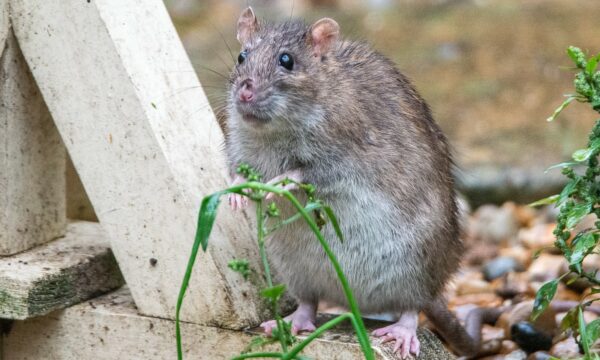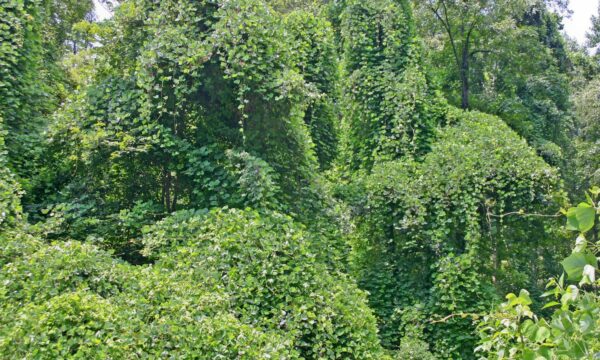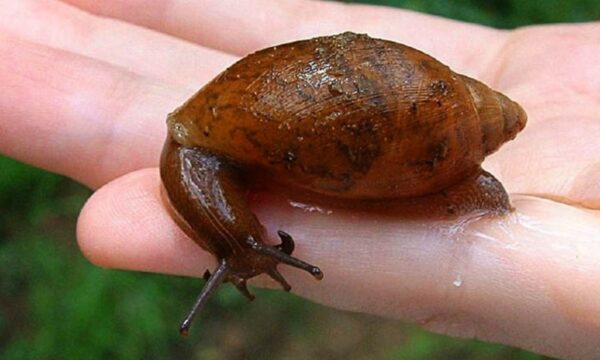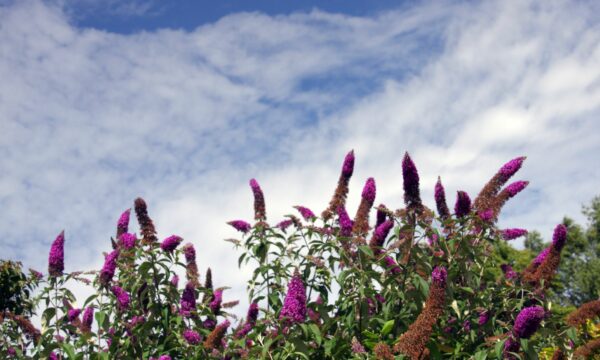In October 2014 the following datasheets were published on CABI’s Invasive Species Compendium (ISC). You can explore the open-access ISC here: www.cabi.org/isc
Silybum marianum (variegated thistle) – this large, aggressive thistle was already recognised as a serious invasive way back in the 1800s. Native to the Mediterranean and parts of Asia and Russia, S. marianum is now present on every continent except Antarctica. Standing up to two metres tall, and armed with a spiky flowerhead and prickly leaves, the thistle can outcompete native plants, swamp farmland and impede the movement of people and animals. If eaten, S. marinaum can cause potentially fatal nitrate poisoning.
Lumbricus terrestris (lob worm) – after more than 2000 years of human-mediated introductions, the humble earthworm is now found in South Africa, India, Australia, New Zealand, Europe and North America, where it has picked up the exciting name nightcrawler. When introduced to an environment lacking native earthworms, L. terrestris can dramatically alter soil profiles. Thick leaf mats are quickly converted to humus, depriving native invertebrates of a habitat, altering the microbial community and changing the chemistry of the forest floor.
Cestrum nocturnum (night jessamine) – native to Central America, this showy and fragrant but toxic shrub is now widespread throughout the Old and New World tropics, where it forms dense thickets that crowd out native flora. Its small and profuse seed means there is a high risk of further introductions. C. nocturnum is known to be invasive in Hawaii, the Cook Islands, Fiji, French Polynesia, Western Samoa, Tonga, New Caledonia and New Zealand.
Other invasive species datasheets recently published include:
Acacia hockii (white thorn acacia)
Amaranthus dubius (spleen amaranth)
Dipsacus fullonum (common teasel)
Ehrharta erecta (panic veldtgrass)
Erodium botrys (long-beaked stork’s bill)
Erodium cicutarium (common storksbill)
Gaillardia pulchella (Indian blanket)
Glechoma hederacea (ground ivy)
Hypochaeris radicata (cat’s ear)
Juncus planifolius (broadleaf rush)
Lactuca floridana (woodland lettuce)
Lolium perenne (perennial ryegrass)
Lonicera maackii (Amur honeysuckle)
Malva pusilla (round-leaved mallow)
Marrubium vulgare (horehound)
Melilotus albus (honey clover)
Mentha pulegium (pennyroyal)
Nasturtium microphyllum (one-row watercress)
Odontonema callistachyum (purple firespike)
Oryza barthii (African annual wild rice)
Oxalis corniculata (creeping woodsorrel)
Parentucellia viscosa (yellow glandweed)
Paspalidium geminatum (Egyptian paspalidium)
Persicaria punctata (dotted smartweed)
Polycarpon tetraphyllum (fourleaf allseed)
Rosa multiflora (multiflora rose)
Rubus rosifolius (roseleaf raspberry)
Sanchezia parvibracteata (sanchezia)
Silene gallica (common catchfly)
Stenotaphrum secundatum (buffalo grass)
Tibouchina herbacea (cane tibouchina)
1 Comment
Leave a Reply
Related News & Blogs
Can scientific data on invasive species protect endangered species from extinction?
A Red lionfish (Pterois volitans) – while splendid to look at, it is a venomous coral reef fish that predates native species, is rapidly reproducing and spreading and is a permanent resident of the Atlantic waters. Credit: Invasive species are a major…
4 December 2023






Florida’s Most Wanted
Invasive species in Florida are a bigger issue than ever expected. There have been accounts of over 500 different invasive and nonnative species in Florida. Florida has a climate that can suit different species. It has been shown that the majority of nonnative species enter through Florida. The negative impact that the invasive species have on Florida’s native species are substantial, financially and biologically. Different invasive species include Florida holly, the Burmese python, and many others.
Invasive plants can shade out all other plants in the vicinity and can provide a poor habitat for the native species. It is also possible that the plants can produce chemicals that inhibit the growth of other native species. Plant communities that are affected by invasive species include the pine rocklands, oakwood hammocks, and mangrove forests. Invasive animals can damage habitats and consume native Florida animals, creating an imbalance in the food chain.
It is important to rid Florida’s ecosystem of invasive species to keep everything in balance and protect nature. It is important to prevent more invasive species from entering the state, to prevent invasions from nonnative species, and to protect the native species. There are several laws and mandates prohibiting the sell of ownership of different invasive species and it important to uphold these laws. It is also important to create monitoring systems to identify infestations or invasions of these nonnative species. The most important preventative tool is knowledge. It is important to keep South Florida informed on nonnative species and the negative effects they carry.